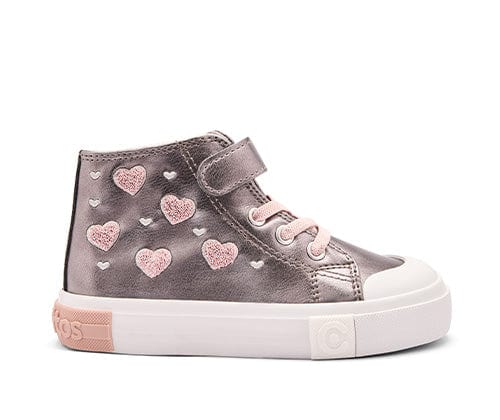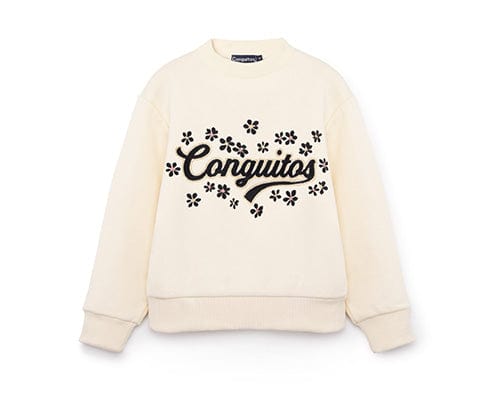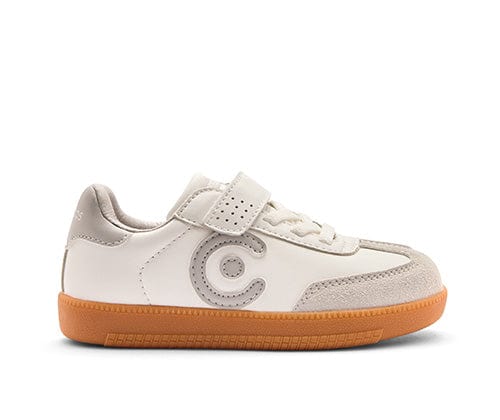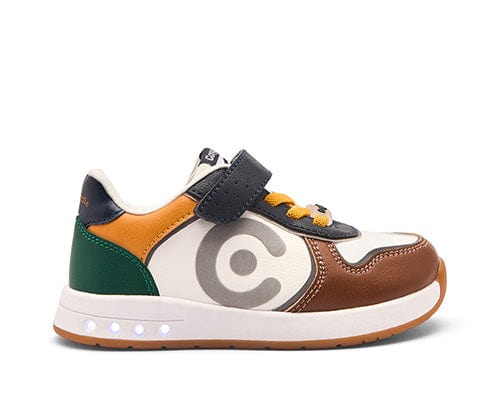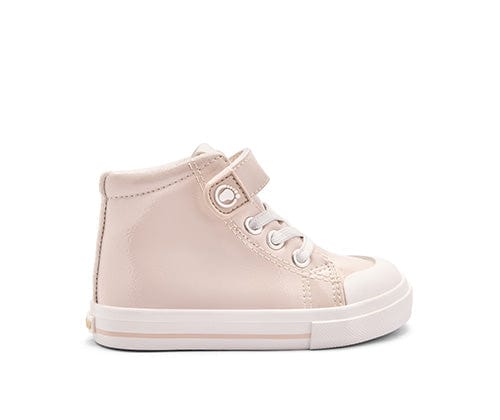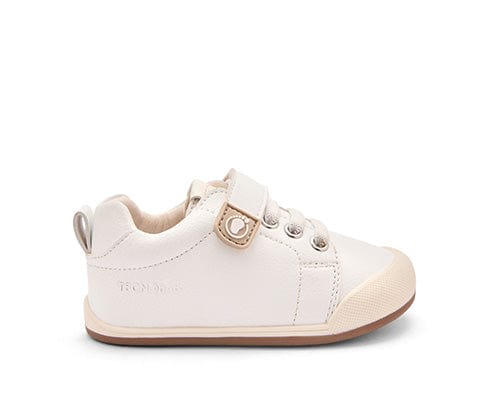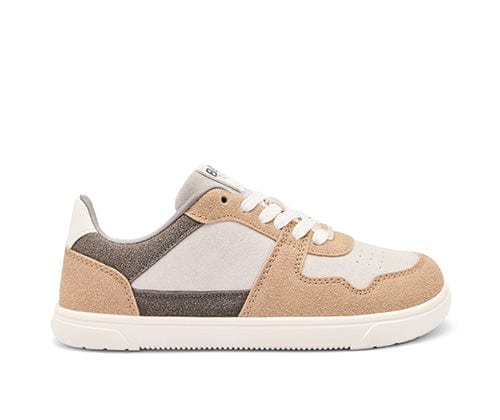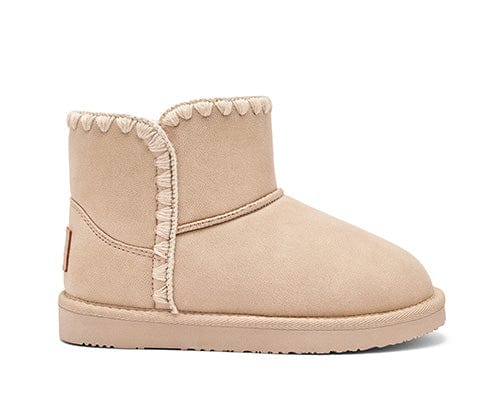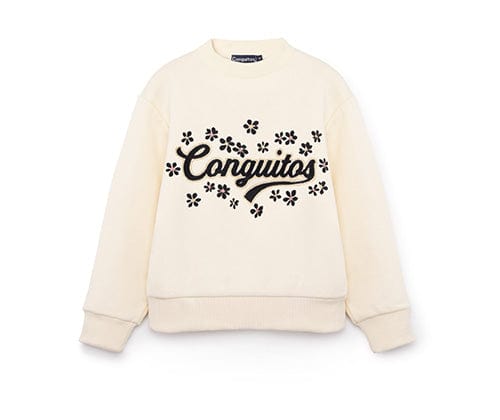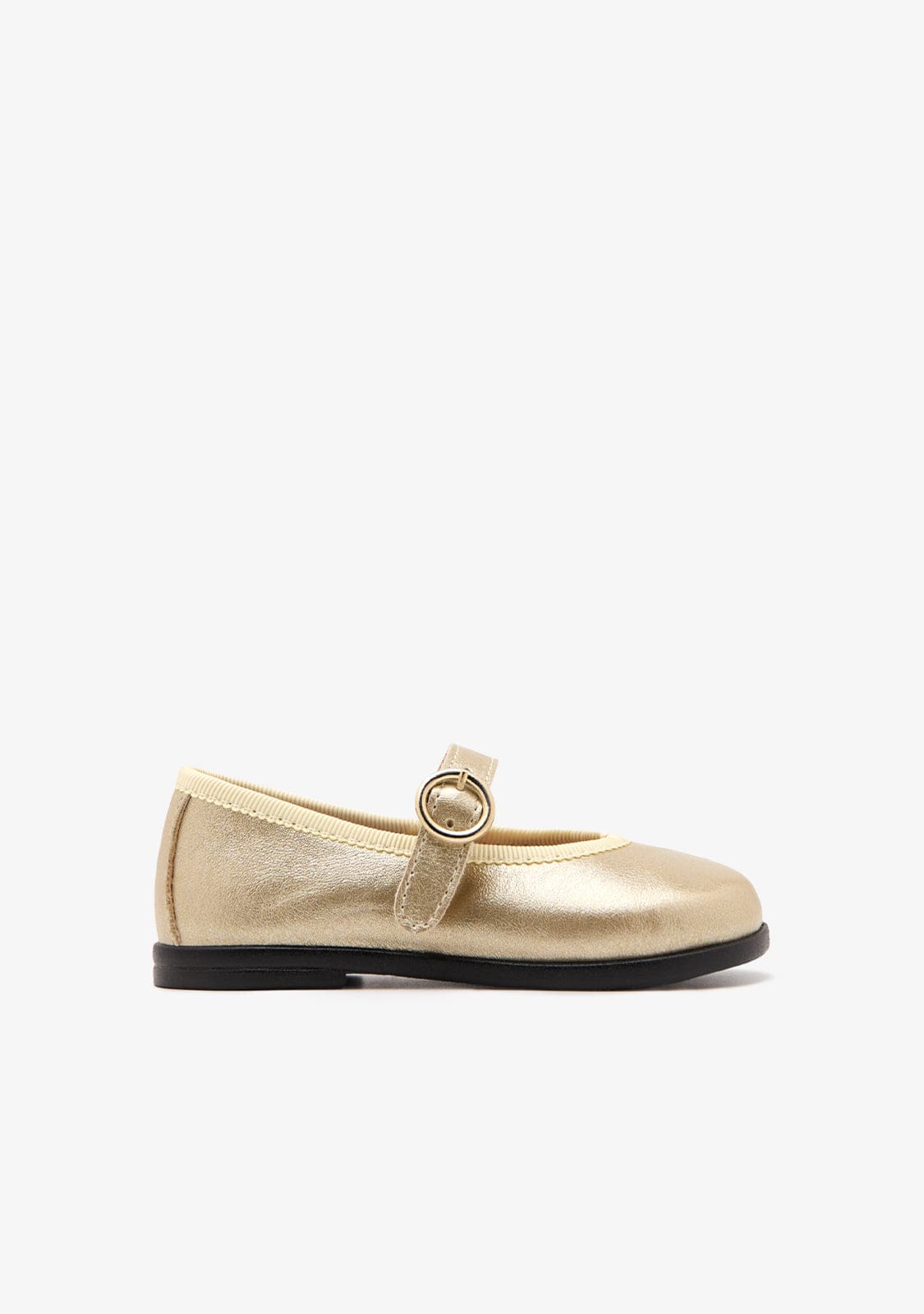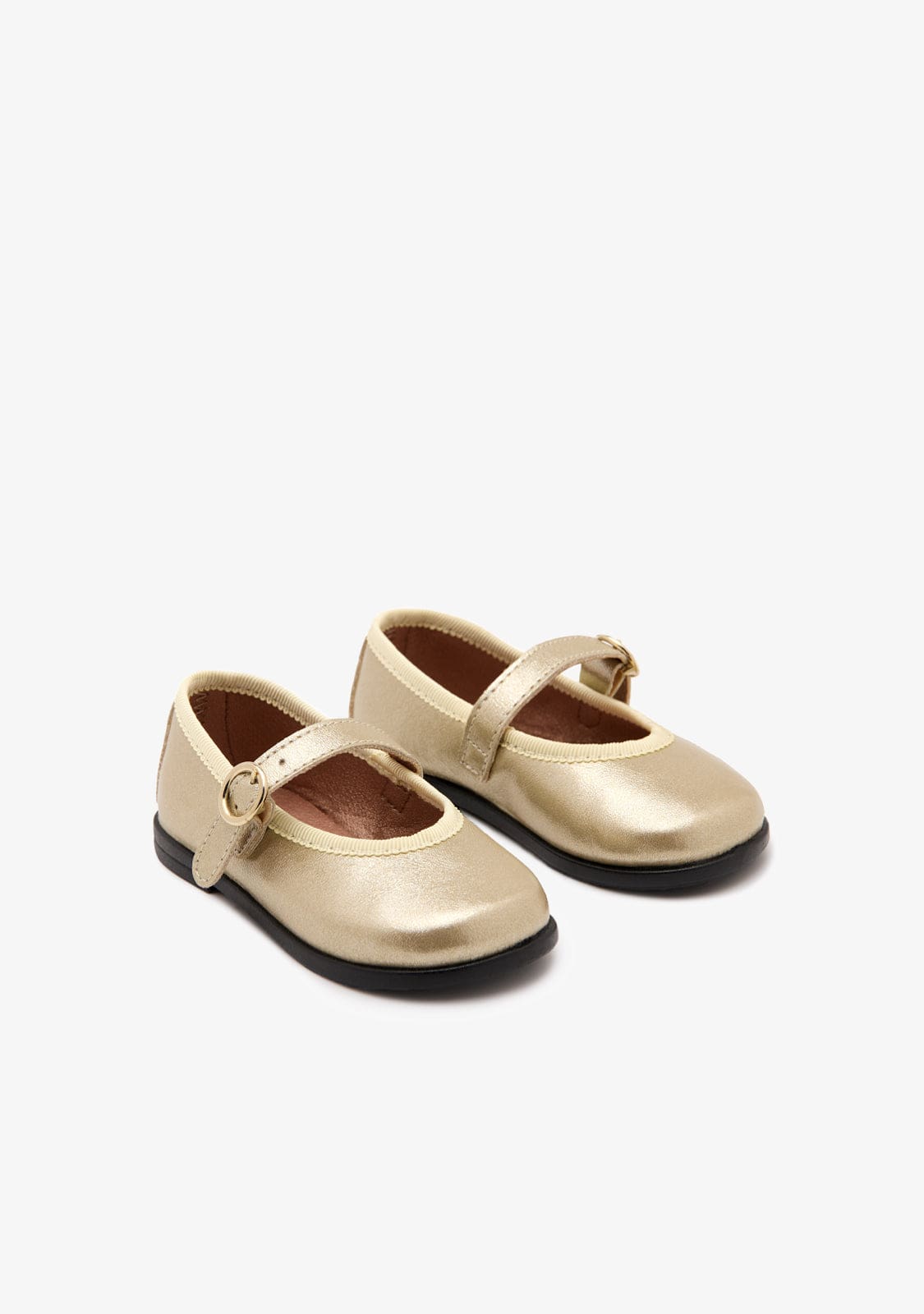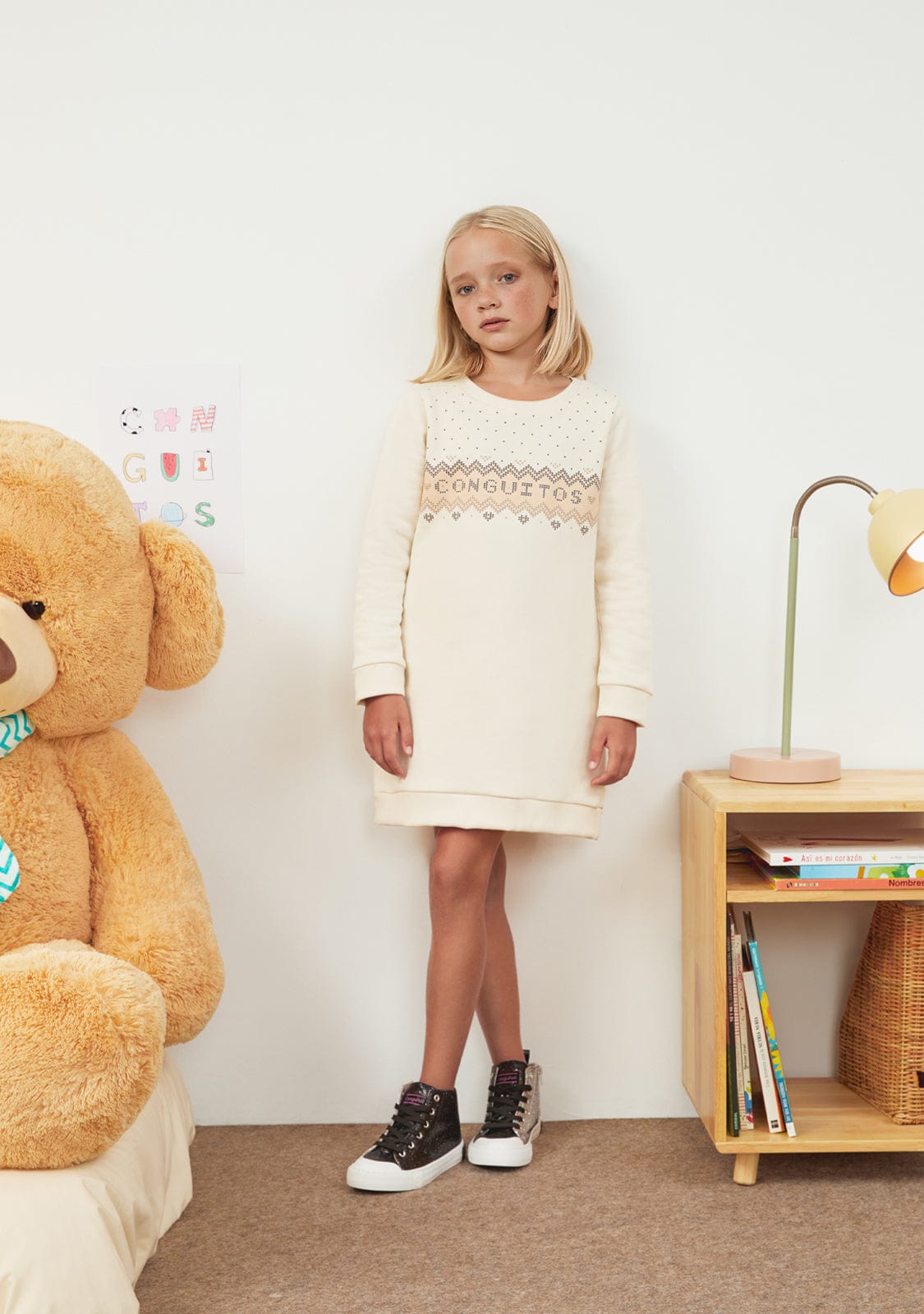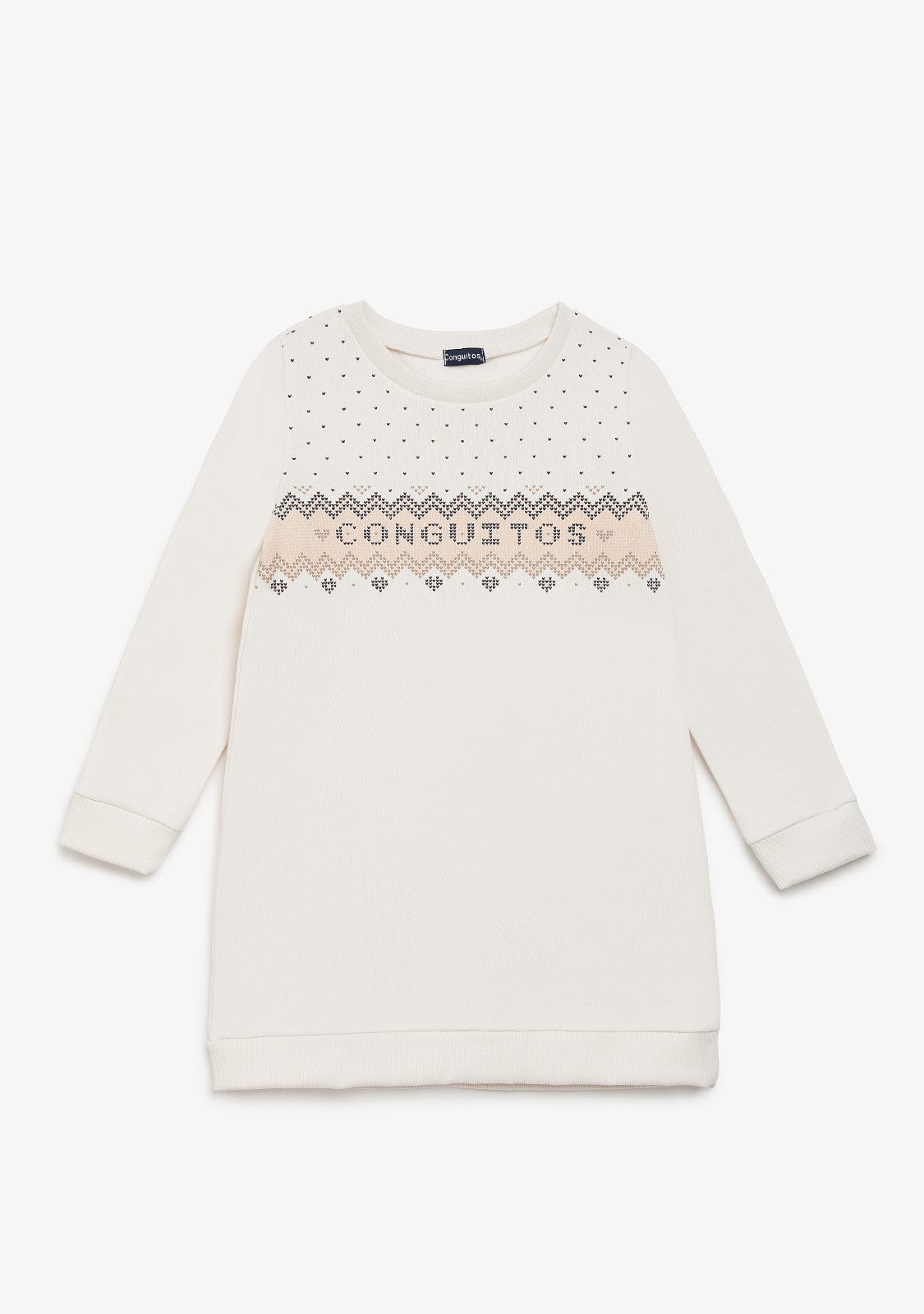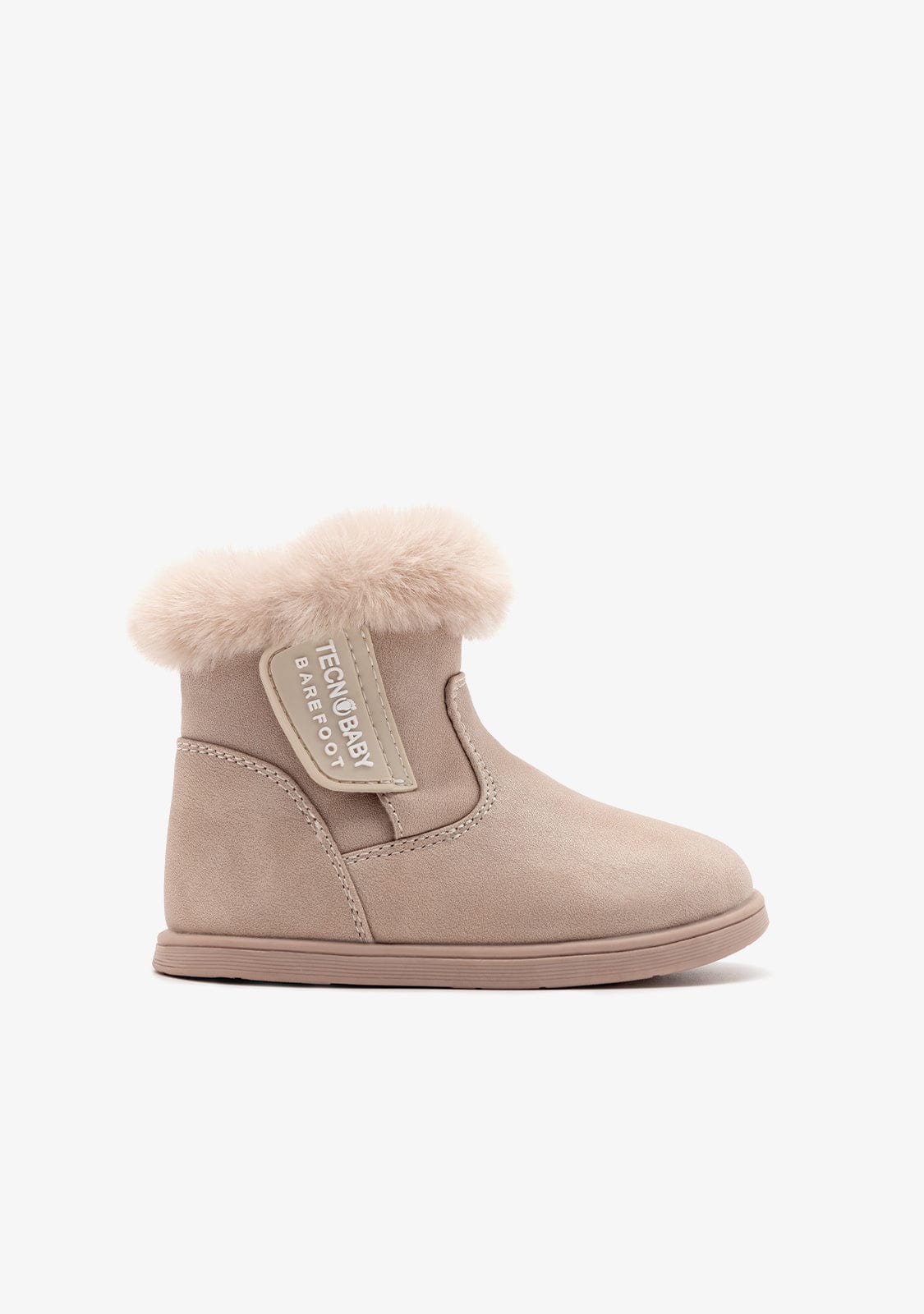


Gold Respectful Plush Boots
Baby boots with synthetic fur lining. A warm essential created for colder days.
This gold design is made with high-quality synthetic materials, giving it a unique finish for the winter season. Additionally, it also features fur details on the top and the logo on the side.
TPR sole provides great lightness, flexibility, and cushioning for maximum comfort. Also feature a removable insole, designed for comfort and easy replacement or cleaning.
- Respectful footwear.
- Zero drop. No unevenness in the tread.
- Lightweight.
- Wide toe.
- Flexible rubber sole.
- Removable insole.
- Easy to put on and take off.
Podologic Seal – ICOPCV: These shoes have been developed in collaboration with the Official College of Podiatrists of the Valencian Community (ICOPCV), to ensure foot health and well-being.

